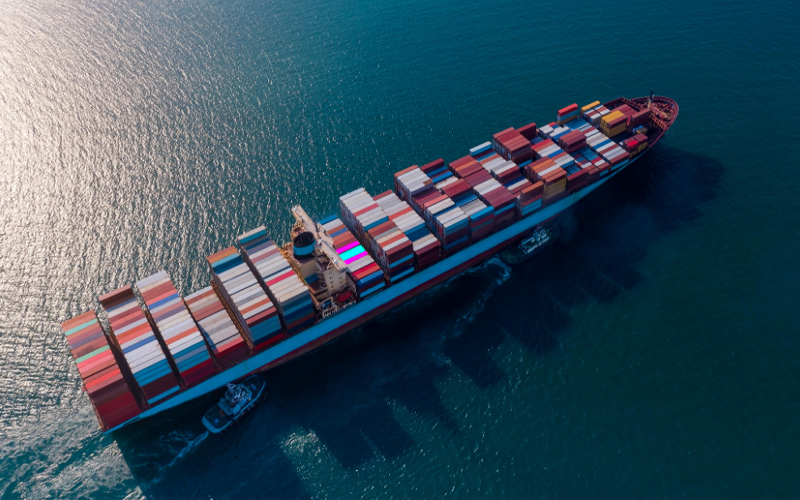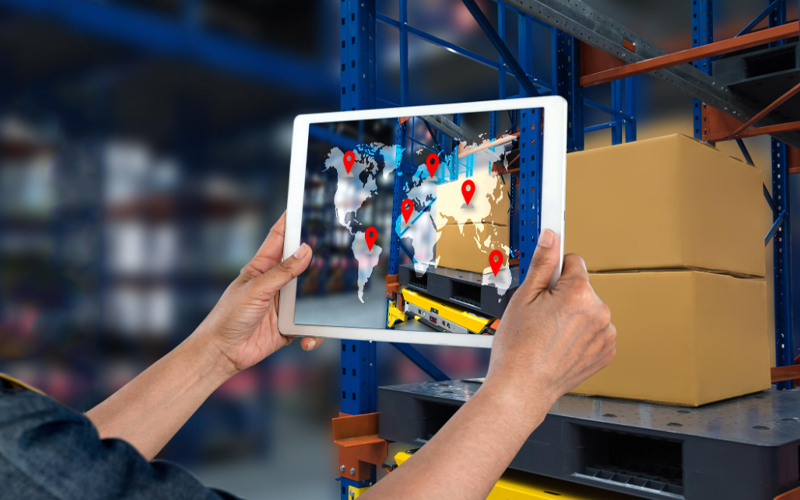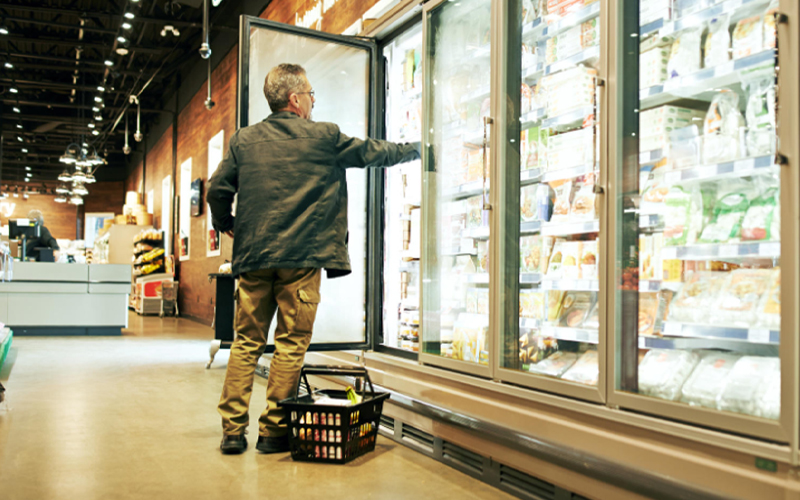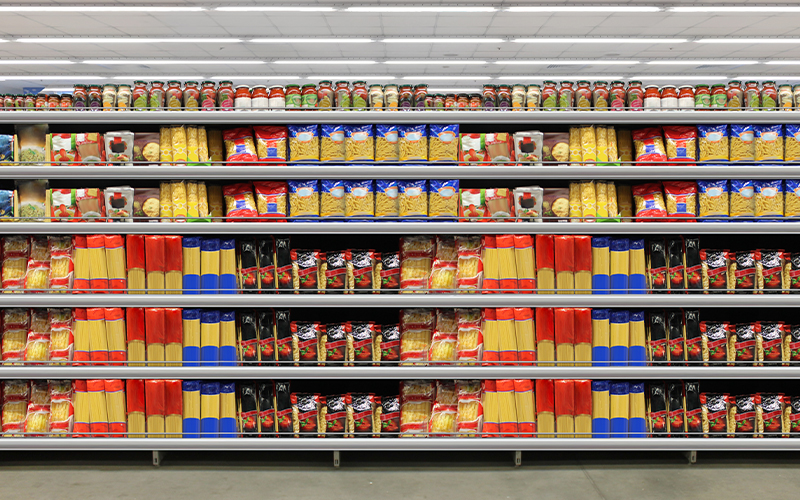At the heart of all trade lies the ability to deliver the right product/service on time. This is easier said than done. From placing the order until delivery, the logistics function is governed by a complex web of procedures.
Logistics was once restricted to planning and executing local distribution. It was a point-to-point journey that involved pick-ups from local suppliers and drops at regular locations or 'last mile' delivery of items that were shipped long distances.
Ideally, a transport manager could come up with a workable set of feasible and practical routes.
However, today, the scale and complexity of logistics operations have increased so significantly that it is beyond manual scope. Technology is the only hope to manage the intricacies of logistics operations.
Tech tools that are elevating logistics operations
Artificial Intelligence (AI) and Machine Learning (ML)
The FIFA World cup 2022 has just concluded. Kudos to the hosting country for pulling off the logistics of food, beverages, transportation, accommodations, and sanitation for such large numbers of tourists.
Logistics success largely depends on accurately estimating demand and ensuring timely delivery.
What and how much is needed (demand planning)? From where is the demand best fulfilled (planning allocation)? What’s the best route to take (route optimisation)? These questions are easily answered by ML and AI with their robust data processing and prediction capabilities.
Robotics
It takes a well-organised warehouse to deliver on the promises made to customers. Products must be received, sorted, and stored in a way that allows them to be quickly located and retrieved readily. Space must be maximised, and products need to be handled with care.
Some of the leading warehouses in the world entrust smart robots with this critical and complex function of the supply chain. Warehouse management intricacies are easily handled thanks to their exceptional speed and precision.
Internet of Things (IoT)
Goods transportation is a high-pressure operation. Foul play and delays are a given. Supervisors must be feeling grateful for trackers and fuel sensors installed in vehicles.
With these devices transmitting information about location, speed and fuel levels to a central control room, personnel in charge can take informed refuelling decisions and prevent unauthorised fuel discharges. The data from these devices can also help monitor equipment performance and check operational status in real-time.
Radio Frequency Identification (RFID)
Earlier in this blog, we saw the efficiency that smart robots bring to the warehouse management system. How do robots manage that?
When robots enter the warehouse with a pallet (a bundle of packages), an RFID gate reads the tags on it in real-time, records and uploads data automatically. Robots are then directed to RFID smart shelves — shelves that can detect an incorrectly placed package and raise an alert.
When an item is needed, RFID is used to pinpoint the exact location of the package containing it. When a package is required to be manually identified, RFID mobile readers help, both inside and outside the warehouse.
Without RFID tags, managing the warehouse would have been a nightmare.
General Positioning System (GPS)
What is the best way to get to the address? A perplexing question. Computer-generated directions were once a boon. GPS technology has made them obsolete. Taking into account traffic conditions in real-time, they steer drivers to the address. This apart, GPS also facilitates vehicle tracking capabilities — a highly desirable feature.
Shipment tracking system
There was a time when customers were left in the dark without status updates about the order they placed. But this has changed since shipment tracking systems made it to the market. Apart from providing a tracking feature, this system also gives companies customisable reports and notifications that aid real-time insights.
Blockchain
Logistics today still suffers from the usage of legacy systems operating in silos and using heavy documentation, particularly when moving items across borders that are digitally marginally developed. Plus, the industry reeks of trust issues, leading to information loss along the chain.
A standard way of communication where information can flow securely and compliantly from end to end is a long-awaited reform in this industry. This is where blockchain technology helps. A digital ledger with records (blocks) of transactions that permits information exchange and asset tracking in a network comes as a much-needed respite. Fully automated, transparent, and paperless logistics seem achievable with blockchain.
Towards future-ready logistics
“Whatever made you successful in the past won’t in the future.” ~ Lewis E Platt
Constant transformation is the cornerstone of success.
Amazon did not become complacent with its e-commerce success. It toyed with the idea of delivering packages via the aerial route, as did Wing Aviation and UPS Flight Forward. The outcome of their experiments? Autonomous delivery drones, the airborne delivery agents. This ambitious project is still in its nascent stage but has tremendous potential.
As logistics gets more tangly, maintaining efficiency, transparency and the safety of personnel and products is not a task for humans. Leveraging technology seems like the wise thing to do to differentiate yourself in a competitive marketplace, with logistics business process outsourcing company.
* For organizations on the digital transformation journey, agility is key in responding to a rapidly changing technology and business landscape. Now more than ever, it is crucial to deliver and exceed on organizational expectations with a robust digital mindset backed by innovation. Enabling businesses to sense, learn, respond, and evolve like a living organism, will be imperative for business excellence going forward. A comprehensive, yet modular suite of services is doing exactly that. Equipping organizations with intuitive decision-making automatically at scale, actionable insights based on real-time solutions, anytime/anywhere experience, and in-depth data visibility across functions leading to hyper-productivity, Live Enterprise is building connected organizations that are innovating collaboratively for the future.







